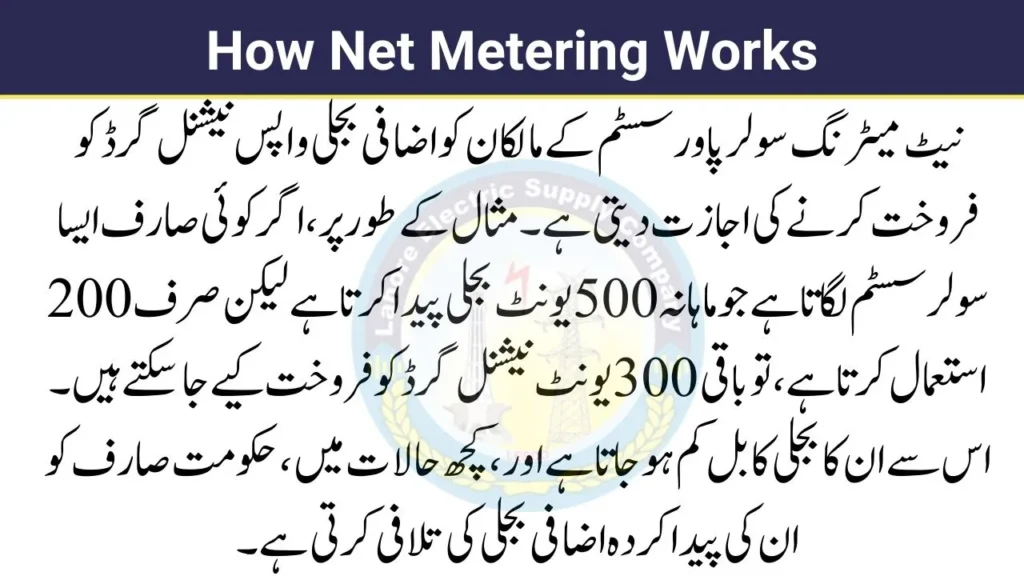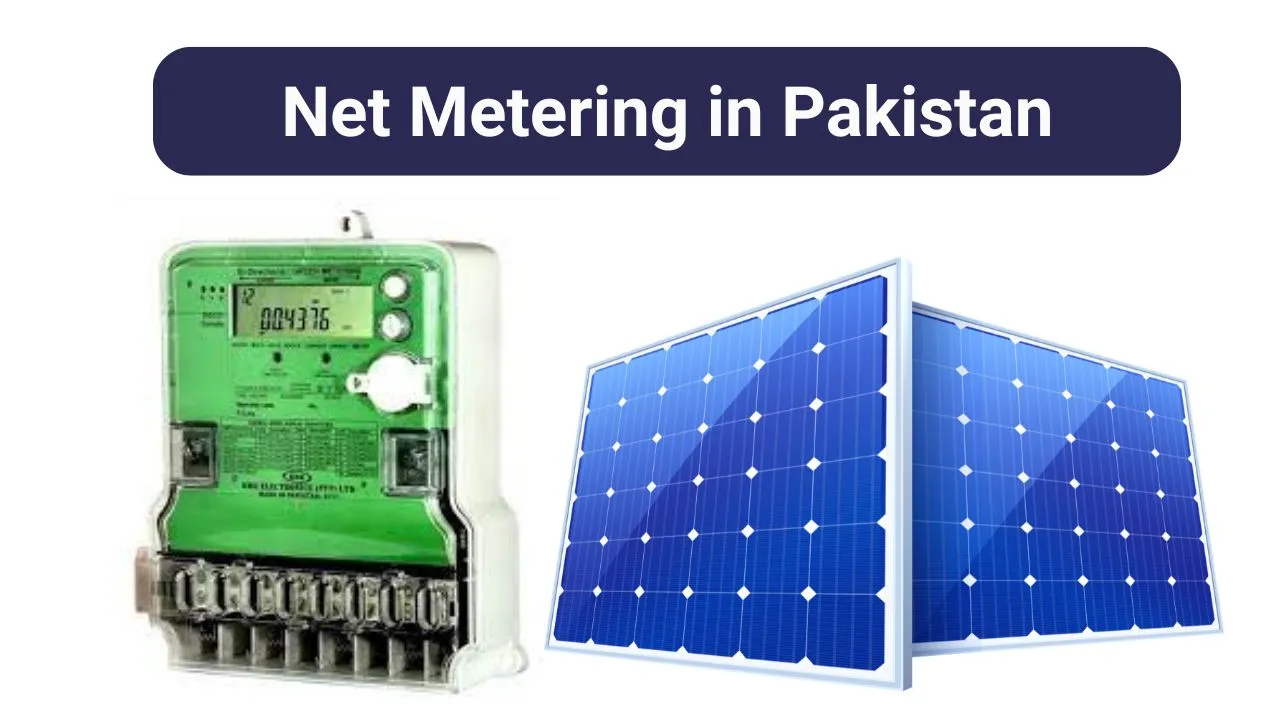Pakistan’s power sector faces two major challenges: high electricity costs and frequent power interruptions. Load-shedding is a common problem, especially in the summer, when power outages occur almost every hour during peak hours. Net metering, also known as Green Metering, is emerging as a possible solution to these concerns. Net metering reduces electricity prices by allowing consumers to generate their own electricity with solar systems and sell the excess power back to the national grid. It could potentially generate a revenue stream.
| Key Point | Details |
| Power Sector Issues | High prices, frequent load-shedding |
| Net Metering Solution | Solar power generation and selling excess power |
| Financial Benefits | Reduced electricity bills, potential income |
| Environmental Impact | Promotes sustainable energy, reduces pollution |
Contents
How Net Metering Works
Net metering allows solar system owners to sell excess electricity back to the national grid. For example, if a consumer installs a solar system that generates 500 units of power per month but only uses 200, the remaining 300 can be sold to the national grid. This reduces their electricity bill, and in some cases, the government rewards the consumer for any excess electricity they generate.

Also Read: Lesco Charges for Solar Meter Installation 2024 (Complete Details)
How to Apply for Net Metering
Step-by-Step Guide
- Active Connection: Must have a current electricity connection.
- Solar System Installation: Should have a system installed before applying.
- Application Preparation: Follow the guidelines and submit an application.
- Inspection and NOC: Premises inspected, and NOC issued if approved.
Getting Started with Net Metering
Once the NOC is received, the consumer signs a three-year agreement with their local DISCO, such as LESCO. This system allows consumers to sell excess electricity to the national grid.
Following the agreement, the application is sent to the National Electric Power Regulatory Authority (NEPRA) for verification. Following successful verification, NEPRA issues a Generation License, certifying the customer as an Independent Power Producer.

Billing and Tariffs
Net metering uses varying charges during peak and off-peak hours. Peak hours see higher electricity consumption and higher unit prices than off-peak hours. Consumers are charged for the units they consume from the national grid, while units generated and returned to the grid are deducted from their bills. The final bill is determined using the net difference between consumption and produced units.
Understanding the Charges:
- Peak Hour Tariff: Higher unit price during peak consumption times.
- Off-Peak Hour Tariff: Lower unit price during less busy times.
- Net Billing: Calculated by subtracting produced units from consumed units.
Benefits of Net Metering
Net metering has various benefits. It lowers electricity prices by allowing customers to sell excess power. It also gives a return on investment for individuals who install solar systems, as they can profit from selling electricity. Furthermore, it supports energy independence, job growth in the solar industry, and environmental sustainability by lowering dependency on fossil fuels.
Conclusion
Net metering is an effective method for managing electricity bills and promoting renewable energy in Pakistan. By selling extra solar power to the national grid, consumers can reduce their electricity bills while also contributing to a more sustainable energy future. The process of applying for net metering is simple, but it is critical to follow the necessary processes and laws to ensure a successful installation.
FAQs
What is net metering?
Net metering allows consumers with solar power systems to sell excess electricity back to the national grid, reducing their electricity bills.
How do I apply for net metering?
You need an active electricity connection, an installed solar system, and an application submitted according to SRO 892(1) 2015 guidelines.
What are the benefits of net metering?
Benefits include reduced electricity bills, a return on investment from solar power, energy independence, and environmental sustainability.
How is the net bill calculated?
The net bill is calculated by subtracting the units of electricity you produce and send to the grid from the units you consume from the grid.

